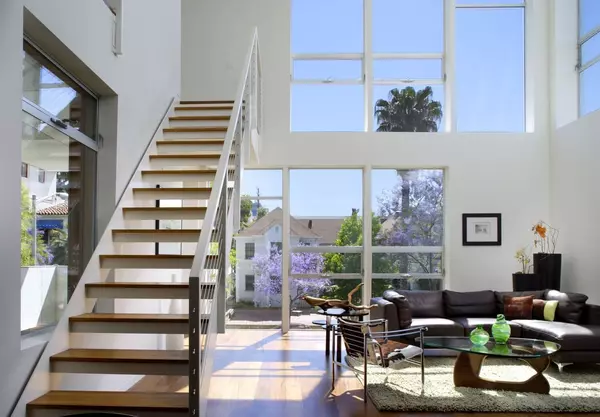Louisiana is Holding Steady in Affordability and Homebuilding: Can Governor Landry Build More Momentum?

Louisiana’s housing market is stable but showing signs of strain as construction costs and insurance challenges weigh on affordability.
The state earned a B-on the Realtor.com® State-by-State Housing Report Card, part of the Let America Build campaign measuring how effectively states balance affordability and new construction.
While Louisiana continues to offer relatively accessible home prices, its pace of new development has slowed—testing whether recent policy efforts can keep supply moving.
But this is a national problem. In fact, President Donald Trump recently put pressure on homebuilders to increase construction nationwide, given the issues with construction in the country. In a post on his Truth Social platform in early October, he accused major builders of hoarding lots to prop up prices—likening them to OPEC, which restricts oil output to maintain high prices.
“They’re my friends ... but now, they can get Financing, and they have to start building Homes. They’re sitting on 2 Million empty lots, A RECORD,” Trump wrote. He urged Fannie Mae and Freddie Mac to intervene and “get Big Homebuilders going” to “restore the American Dream.”
So what is Louisiana doing right that local government can continue to build upon?
A market that’s hanging in the middle
Louisiana scored 61.3 overall, placing it squarely in the middle of the national rankings. The median listing price stood at $278,215 in 2024, well below the U.S. average, while the median household income of $58,060 gives residents moderate buying power. The Realtor Affordability Score came in at 0.77, suggesting the market remains affordable for many households but increasingly vulnerable to cost pressures from insurance and materials.
The state’s construction metrics tell a story of slow but steady progress. Louisiana accounted for 1% of all new home permits nationwide in 2024, roughly matching its population share. The permit-to-population ratio shows builders are holding pace but not expanding significantly.
The new construction premium—the price difference between new and existing homes—was 11.4%, a manageable gap that points to healthy demand for new homes even as costs rise.
Regional comparisons
Realtor.com New Construction Insights report highlights the South as the nation’s most active and affordable region for housing. The median listing price for newly built homes was $450,797, nearly flat year over year, while resale prices rose 2.4%. This combination narrowed the national new construction premium to just 7.8%, its lowest on record.
Louisiana benefits from the same southern strengths: available land, competitive costs, and steady building activity. However, the state’s recovery from multiple natural disasters and rising insurance premiums have made financing and construction more challenging. It's tale many other states have to tell as well.
“America is short more than 4.7 million homes, and every new home built helps close that gap while fueling local economies," says Shannon McGahn, executive vice president and chief advocacy officer at the National Association of Realtors®.
"NAR research shows that the U.S. has faced a persistent housing shortage for more than a decade, driving up prices and limiting options for buyers. Expanding housing supply creates jobs, supports small businesses, and affords families the opportunity to build generational wealth.”
Governor Landry and the future of home building in the state
While no specific statewide plan for new home construction has been outlined, the Louisiana Housing Corporation (LHC) has made steady progress in increasing new housing development under Governor Jeff Landry.
In August 2025, the LHC broke ground on Faubourg Lafitte Phase VII, a project that will bring 51 affordable housing units to a 2.75-acre site in New Orleans’ Faubourg Lafitte neighborhood. The development will feature newly constructed single-family and duplex homes—45 units in total—including 35 single-family residences and five duplexes.
Just a month earlier, the LHC also began construction on the Winn-Dixie Phase II project, also known as City Square 162 Phase II. The development will include 45 residential units—21 one-bedroom and 24 two-bedroom apartments—featuring a mix of 10 market-rate and 35 affordable units serving various income levels. The project is being built on the site of a former Winn-Dixie grocery store.
This article was produced with editorial input from Dina Sartore-Bodo and Gabriella Iannetta.
Categories
Recent Posts











"My job is to find and attract mastery-based agents to the office, protect the culture, and make sure everyone is happy! "
